Brazilian Manor | Ipanema Manor, one of the founding members of the Brazilian Fine Coffee Association (BSCA)
Brazil | Manor Ipanema
Founded in 1969, Ipanema Manor in Brazil is an indicator Brazilian manor with more than 5500 hectares of land and 14 million coffee trees in 25 countries around the world.
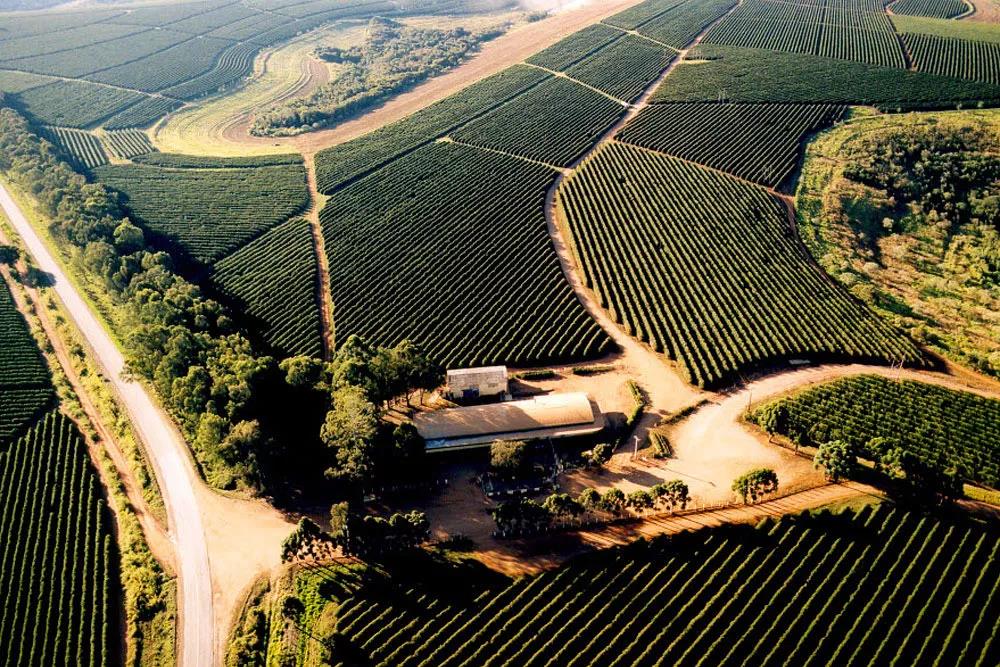
As a founding member of the Brazilian Fine Coffee Association (BSCA) in 1991, sustainable development has always been part of Ipanema's philosophy and is committed to improving the natural environment and social programs and activities in the humanities.
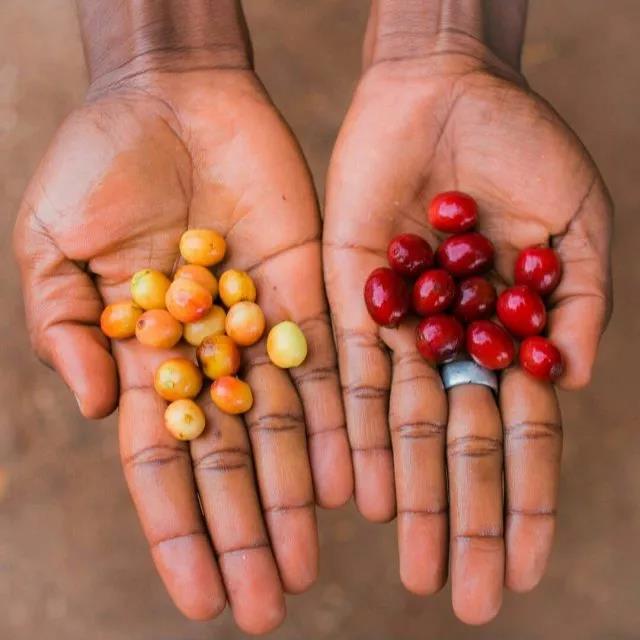
In 2002, it passed the certification of EUREPGAP Code and UTZ Kapeh Code, as well as Rainforest Alliance, CSC, Fairtrade USA, C.A.F.E, AAA Ecolaboration and so on.
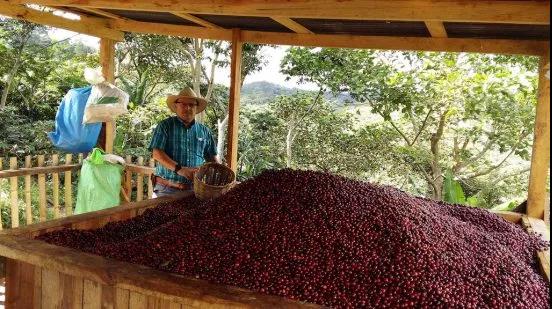
Fazenda Rio Verde, one of Ipanema's three estates, was founded in 1887 and is located in southeastern Brazil, straddling the heart of the Mantiqueira Mountain Mountains of Sao Paulo, Minas Gerais and Rio de Janeiro. Run by the Fernandes family at the time, it was bought by Ipanema in 2002 and is now the oldest coffee plantation of its three estates.
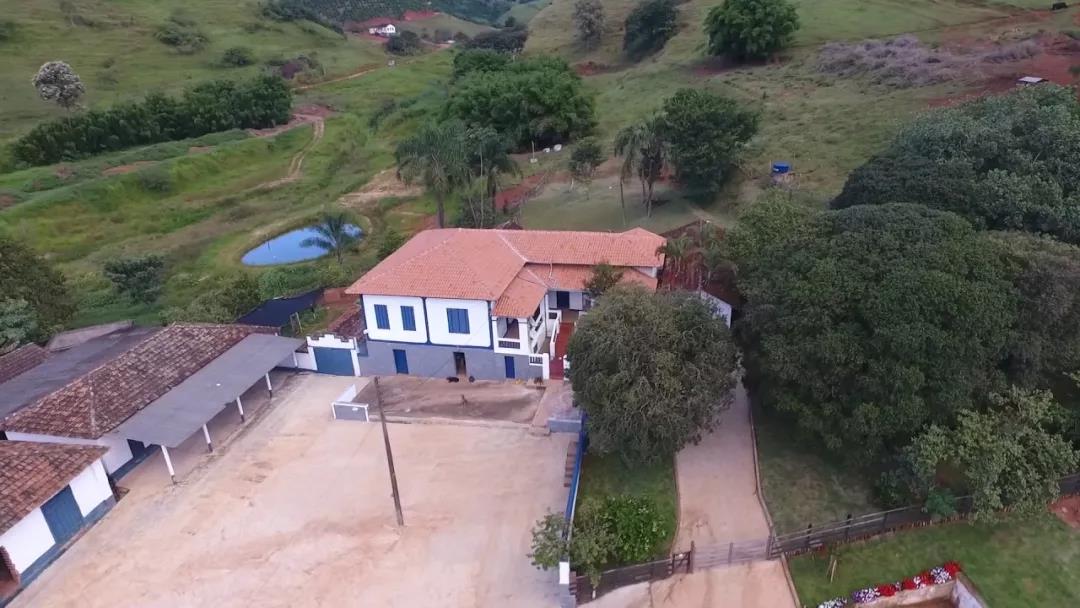
From 1964 to 1992, manor operators invested heavily in the production of chicken manure, with a total of 81 henhouses. 136000 chickens produced 800000 kilograms of manure each year, a huge amount of fertilizer enough to supply more than half of the fertile soil needed for coffee growing areas each year. The manor, which covers an area of 1500 hectares, is also an area with quite pristine forest, and the Mandy Kaila Mountains have a pleasant climate and stable average winter precipitation, 1550mm.
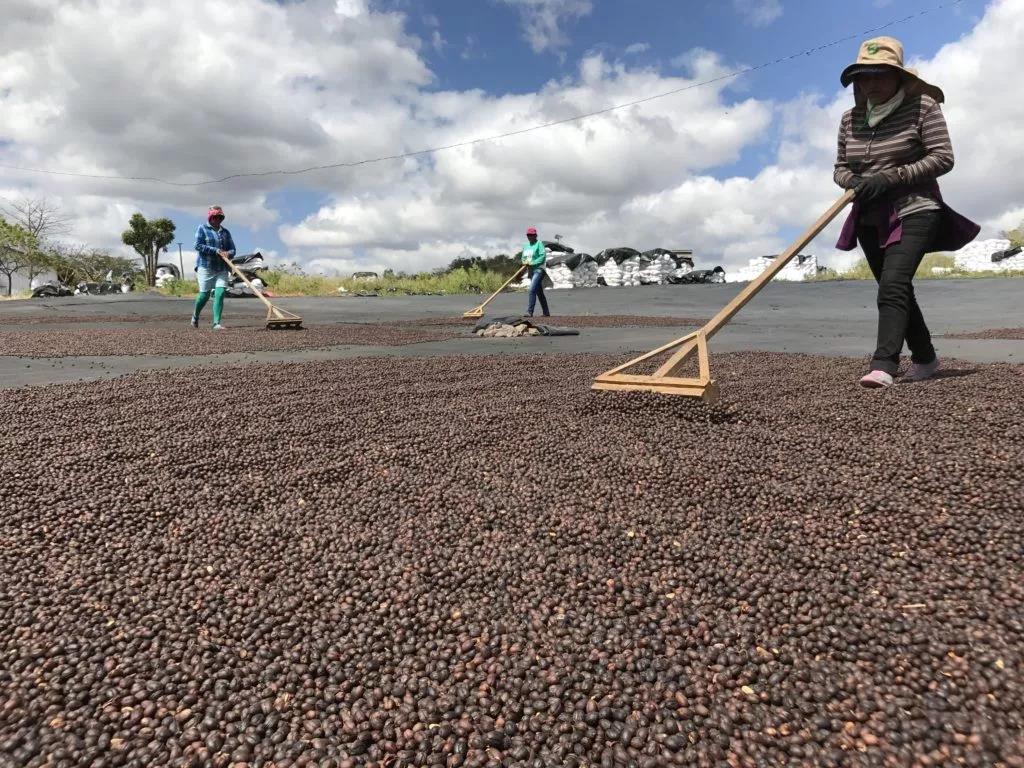
The coffee on the estate is grown at an altitude of about 1000-1310 meters, surrounded by virgin woodlands, waterfalls, hot springs and mountain paths. In order to maintain the integrity of the forest, there are only 626 hectares for coffee cultivation, 167 hectares for other crops and up to 773 hectares for nature reserves.
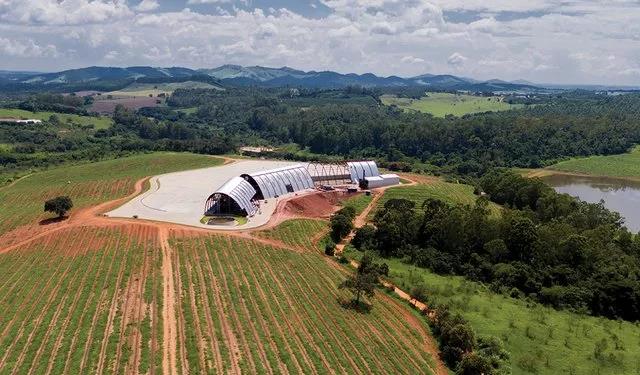
At the beginning of the production season, Ipanema set out to conduct a more in-depth coffee planting test at "Fazenda Rio Verde" to see if there is a potential possibility to create higher quality coffee. If possible, hope to find out what conditions are sufficient to improve output and quality.
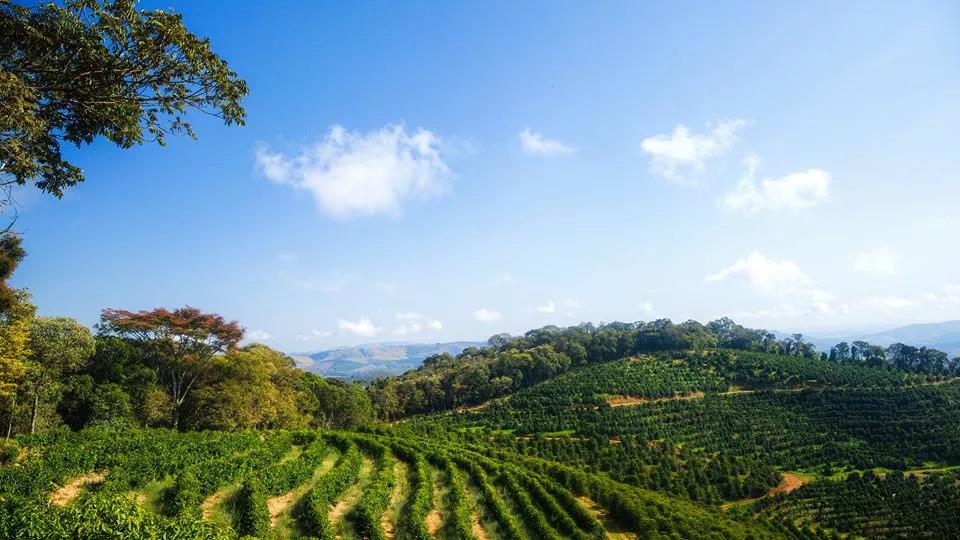
In the course of the experiment, the manor tried many methods, such as a high ventilation scaffolding, a shaded dry environment, comparing various varieties and planting elevations, and trying innovative treatments. During the harvest period in 2014, Ipanema used a variety of harvesting methods, such as mechanical harvesting and selective harvesting, to try to find the most suitable way in this climate.
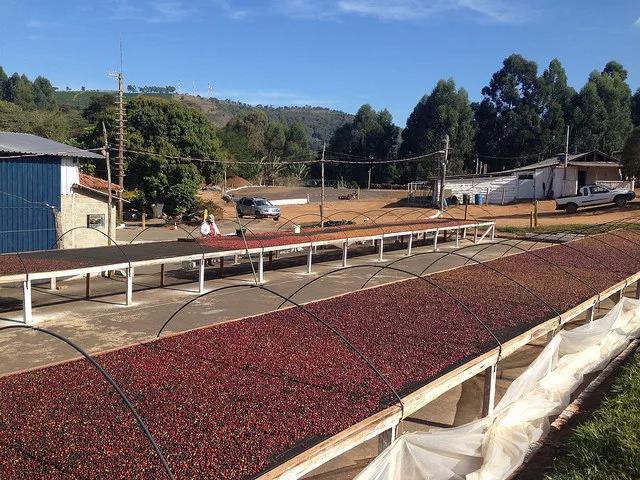
In 2015, the manor picked ripe coffee cherries every week during the production season to determine the best harvest time for each block. In each batch, according to its location, altitude, sunshine direction, rainfall condition and variety, the maturity curve was put forward to ensure the high quality cup test flavor, while the best harvest time of each block lasted only about 20 days.
In 2016, hundreds of experiments on drying treatments were conducted over four months to assess the best drying practices. Construction of 2000 square meters of elevated scaffolding and 800 square meters of shaded sun-dried environment, and the addition of 3000 square meters of cement terrace for drying. At the same time, two new dryers are used: a 7000-liter horizontal dryer and a 5000-liter three-layer vertical dryer. In 2017, Ipanema made further efforts to improve the experimental experience of the past few years. During this period, the manor's Q-Grader cup tester and a group of coffee experts tested more than 180 micro-batch samples.
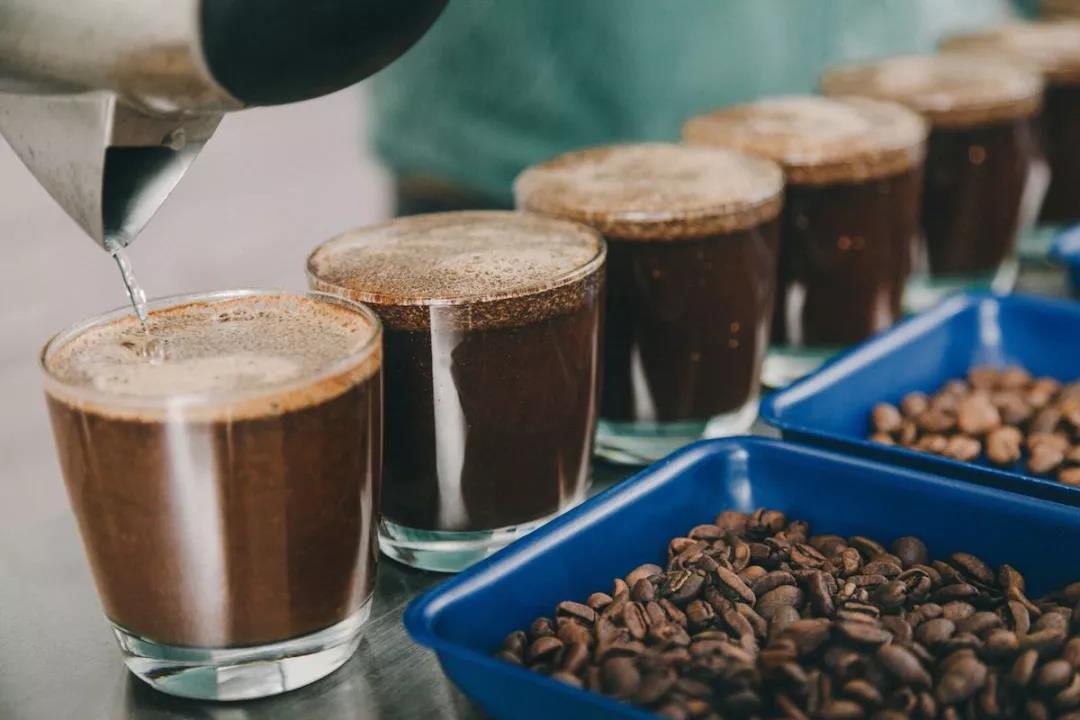
Ipanema was selected from 69 micro-blocks in Fazenda Rio Verde, 32 above 1000 meters above sea level, to take special care of the three varieties planted here, Huang Kadui, Huang Boben and Red Acaia coffee, in a separate and special way. According to the ripening curve of each block, it is collected into small batches. The entire delivery process will ensure delivery to the processing plant within up to six hours.
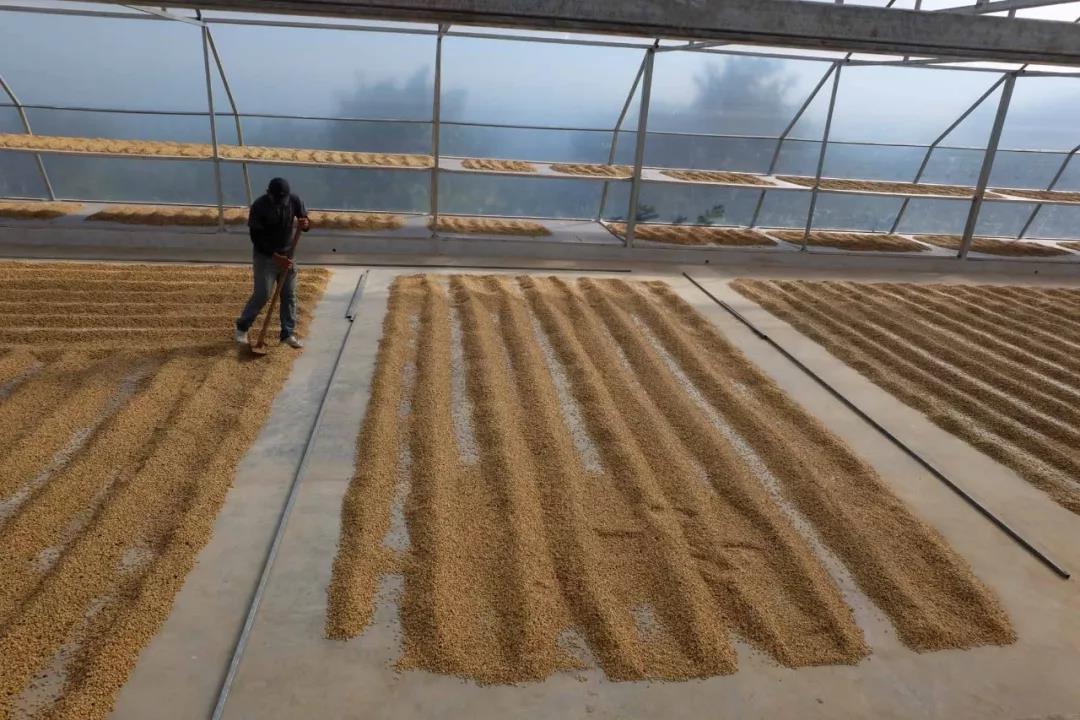
32 batches, gathered different elevations and sunshine surfaces, and 3 harvest modes, 2 pre-preparations and a variety of drying methods, effectively created a variety of cup features and real tailor-made results, but also ensured the sustained and stable production of high-quality coffee.
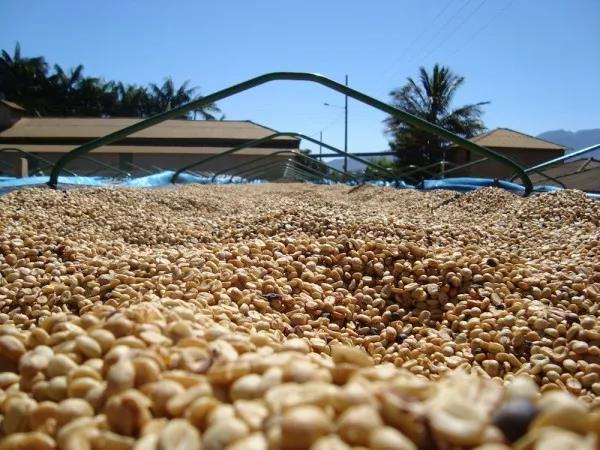
Premier Cru, which made its debut in 2018, has a unique name for each batch, and as mentioned above, each item is tailor-made and classified into top black, gold and blue collections to reveal the richness and rarity of the flavor.
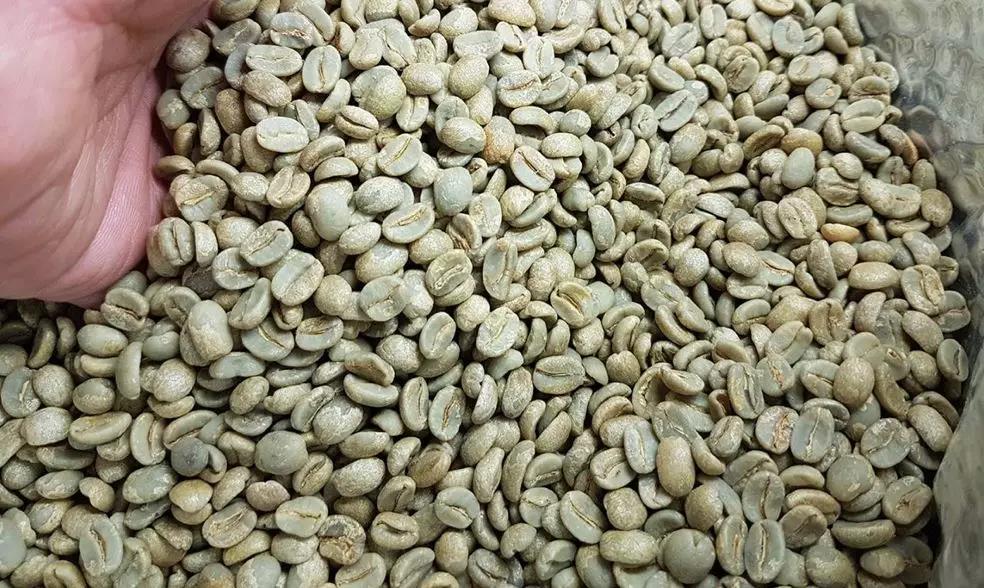
The traceable data files for each batch and related data such as how to produce, such as geographical features, harvesting process, dry and wet treatment, and storage rest, are also quite detailed.
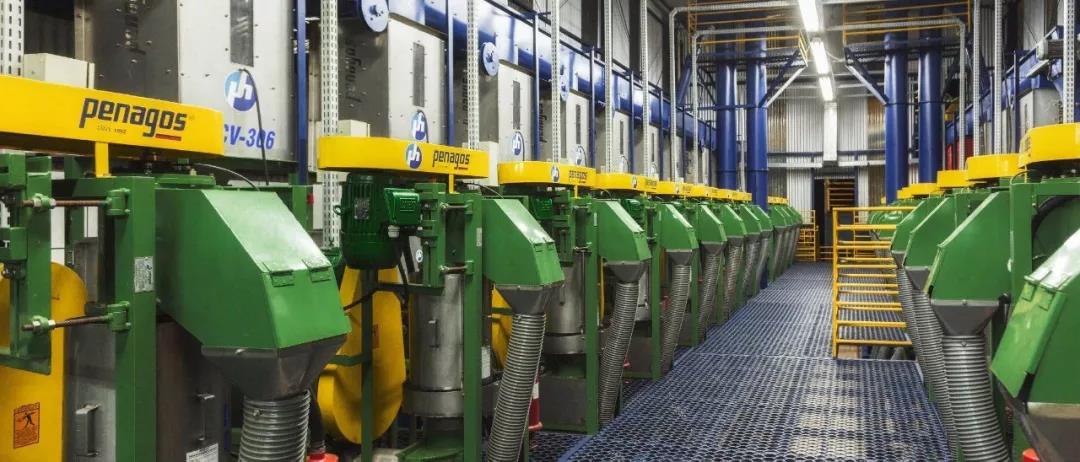
Important Notice :
前街咖啡 FrontStreet Coffee has moved to new addredd:
FrontStreet Coffee Address: 315,Donghua East Road,GuangZhou
Tel:020 38364473
- Prev
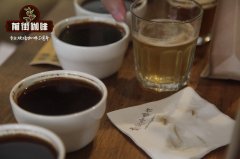
Costa Rica Dota Valley | Pilar Manor mixed varieties Water washing | Baking and hand flushing skills
Professional coffee knowledge exchange more coffee bean information please follow the coffee workshop (Wechat official account cafe_style) front street coffee individual coffee recommendation | Costa Rica Shumawa black honey | Costa Rica Angel Manor Solar Costa Rica-Dorta Valley Pilla Manor Kaddura / Kaduai / Rose Summer Variety washing Costa Rica-Dota ValleyLa
- Next
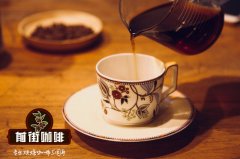
San Jose Manor Java species Java Nica introduction what estates are there in Nicaragua?
Professional coffee knowledge exchange more coffee bean information please pay attention to the coffee workshop (Wechat official account cafe_style) San Jose Manor Java species, is a long classical strain (not improved), with floral flavor and quite sweet fruit flavor. San Jose Manor belongs to the same family as Raminita and Lemon Tree, and the proportion of Java species planted in San Jose Manor is much lower than that of Lemon Tree in the early days.
Related
- Does Rose Summer choose Blue, Green or Red? Detailed explanation of Rose Summer Coffee plots and Classification in Panamanian Jade Manor
- What is the difference between the origin, producing area, processing plant, cooperative and manor of coffee beans?
- How fine does the espresso powder fit? how to grind the espresso?
- Sca coffee roasting degree color card coffee roasting degree 8 roasting color values what do you mean?
- The practice of lattes: how to make lattes at home
- Introduction to Indonesian Fine Coffee beans-- Java Coffee producing area of Indonesian Arabica Coffee
- How much will the flavor of light and medium roasted rose summer be expressed? What baking level is rose summer suitable for?
- Introduction to the characteristics of washing, sun-drying or wet-planing coffee commonly used in Mantenin, Indonesia
- Price characteristics of Arabica Coffee Bean Starbucks introduction to Manning Coffee Bean Taste producing area Variety Manor
- What is the authentic Yega flavor? What are the flavor characteristics of the really excellent Yejasuffi coffee beans?

